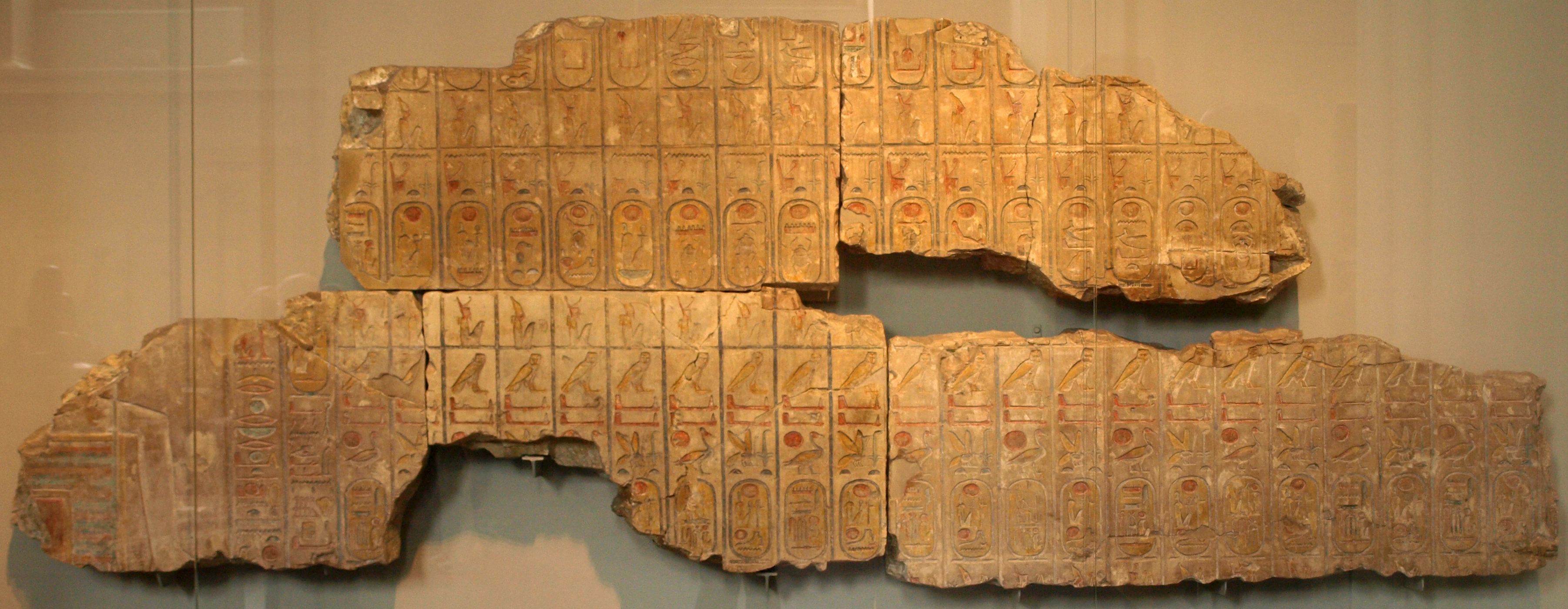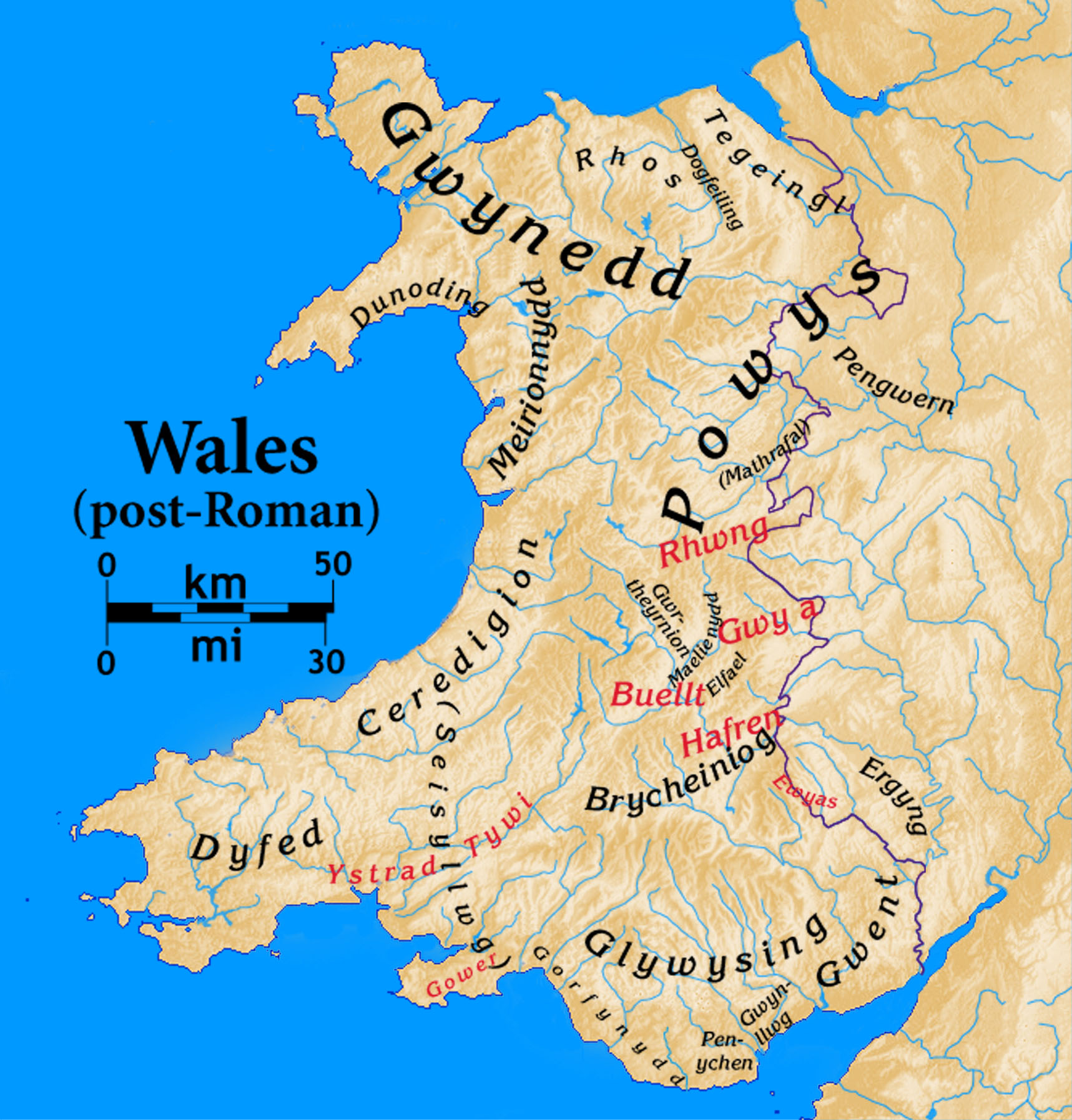|
Regnal List
A regnal list or king list is, at its simplest, a list of successive monarchs. Some regnal lists may give the relationship between successive monarchs (e.g., son, brother), the length of reign of each monarch or annotations on important reigns. The list may be divided into dynasties marked off by headings. As a distinct genre, the regnal list originates in the ancient Near East. Its purpose was not originally chronological. It originally served to demonstrate the antiquity and legitimacy of the monarchy, but it became an important device for structuring historical narratives (as in Herodotus) and thus a chronological aid. In antiquity, regnal lists were kept in Sumer, Egypt, Israel, Assyria and Babylonia. King lists have made it into sacred religious texts, such as the ''Puranas'' and the Hebrew Bible, which contains an Edomite king list. Regnal lists were kept in early medieval Ireland, Pictland and Anglo-Saxon England. The historian David Dumville regarded them as more reliable ... [...More Info...] [...Related Items...] OR: [Wikipedia] [Google] [Baidu] |
Pictland
The Picts were a group of peoples who lived in what is now northern and eastern Scotland (north of the Firth of Forth) during Sub-Roman Britain, Late Antiquity and the Scotland in the Early Middle Ages, Early Middle Ages. Where they lived and what their culture was like can be inferred from early medieval texts and Pictish stones. Their Latin name, , appears in written records from the 3rd to the 10th century. Early medieval sources report the existence of a distinct Pictish language, which today is believed to have been an Insular Celtic language, closely related to the Common Brittonic, Brittonic spoken by the Celtic Britons, Britons who lived to the south. Picts are assumed to have been the descendants of the Caledonians, Caledonii and other British Iron Age, Iron Age tribes that were mentioned by Roman historians or on the Ptolemy's world map, world map of Ptolemy. The Pictish kingdom, often called Pictland in modern sources, achieved a large degree of political unity in ... [...More Info...] [...Related Items...] OR: [Wikipedia] [Google] [Baidu] |
Sumerian King List
The ''Sumerian King List'' (abbreviated ''SKL'') or ''Chronicle of the One Monarchy'' is an ancient literary composition written in Sumerian that was likely created and redacted to legitimize the claims to power of various city-states and kingdoms in southern Mesopotamia during the late third and early second millennium BC. It does so by repetitively listing Sumerian cities, the kings that ruled there, and the lengths of their reigns. Especially in the early part of the list, these reigns often span thousands of years. In the oldest known version, dated to the Ur III period (c. 2112–2004 BC) but probably based on Akkadian source material, the ''SKL'' reflected a more linear transition of power from Kish, the first city to receive kingship, to Akkad. In later versions from the Old Babylonian period, the list consisted of a large number of cities between which kingship was transferred, reflecting a more cyclical view of how kingship came to a city, only to be inevitably replace ... [...More Info...] [...Related Items...] OR: [Wikipedia] [Google] [Baidu] |
Saqqara King List
The Saqqara Tablet, now in the Egyptian Museum, is an ancient stone engraving surviving from the Ramesside Period of Egypt which features a list of pharaohs. It was found in 1861 in Saqqara, in the tomb of Tjuneroy (or Tjenry), an official ("chief lector priest" and "Overseer of Works on All Royal Monuments") of the pharaoh Ramesses II. The inscription lists fifty-eight kings, from Anedjib and Qa'a ( First Dynasty) to Ramesses II (Nineteenth Dynasty), in reverse chronological order, omitting "rulers from the Second Intermediate Period, the Hyksos, and those rulers... who had been close to the heretic Akhenaten". The names (each surrounded by a border known as a cartouche), of which only forty-seven survive, are badly damaged. As with other Egyptian king lists, the Saqqara Tablet omits certain kings and entire dynasties. The list counts backward from Ramesses II to the mid-point of the First Dynasty, except for the Eleventh and Twelfth Dynasties, which are reversed. A well known p ... [...More Info...] [...Related Items...] OR: [Wikipedia] [Google] [Baidu] |
Ramesseum King List
The memorial temple of Ramesses II, also called simply Ramesseum contains a minor list of pharaohs of ancient Egypt. The scene with the list was first published by Jean-Francois Champollion in 1845, and by Karl Richard Lepsius four years later.Carl Richard Lepsius (1849). ''Denkmaeler aus Aegypten und Aethiopien'', III, plate 163, Leipzig The upper register of the second western pylon, shows a processions where ancestors of Ramesses II are honored at ceremonies of the festival of Min. It contains 19 cartouches with the names of 14 pharaohs. Notably, Hatshepsut and the Amarna pharaohs are omitted. Kings names mentioned The scene is divided in two parts, one with 14 statues of the ancestral kings being carried in a procession on the left side. The second part is a procession led by six kings, but only the name of five remain. {, class="wikitable" width="90%" ! colspan="3" style="text-align: center;" , Left procession ! colspan="3" style="text-align: center;" , Right process ... [...More Info...] [...Related Items...] OR: [Wikipedia] [Google] [Baidu] |
Medinet Habu King List
The memorial temple of Ramesses III at Medinet Habu contains a minor list of pharaohs of the New Kingdom of Egypt. The inscriptions closely resemble the Ramesseum king list, which is a similar scene of Ramesses II, which was used as a template for the scenes here. The scene shows Ramesses III participating in the ceremonies of the Festival of Min where statues of ancestral kings are carried in an elaborate procession to make offerings to Min. It contains 16 cartouches with the names of nine pharaohs divided into two parts. The sparse outline of the scene was published by Vivant Denon in 1802, who was part of Napoleon's expedition to Egypt in 1798 to 1801, which published a slightly more detailed scene in 1809. Thirty years later, the complete scene including the cartouches of the kings was published by John Gardner Wilkinson in 1837, followed by Champollion and Lepsius. All the 19th-century editions contain omissions and errors, but in 1940 the Epigraphic Survey published the d ... [...More Info...] [...Related Items...] OR: [Wikipedia] [Google] [Baidu] |
List Of Roman Emperors
The Roman emperors were the rulers of the Roman Empire from the granting of the name and title ''Augustus'' to Octavian by the Roman Senate in 27 BC onward. Augustus maintained a facade of Republican rule, rejecting monarchical titles but calling himself ''princeps senatus'' (first man of the Senate) and ''princeps civitatis'' (first citizen of the state). The title of Augustus was conferred on his successors to the imperial position, and emperors gradually grew more monarchical and authoritarian. The style of government instituted by Augustus is called the Principate and continued until the late third or early fourth century. The modern word "emperor" derives from the title ''imperator'', that was granted by an army to a successful general; during the initial phase of the empire, the title was generally used only by the ''princeps''. For example, Augustus's official name was ''Imperator Caesar Divi Filius Augustus''. The territory under command of the emperor had developed under ... [...More Info...] [...Related Items...] OR: [Wikipedia] [Google] [Baidu] |
Wales In The Early Middle Ages
Wales in the early Middle Ages covers the time between the Roman departure from Wales c. 383 until the end of the 10th century. In that time there was a gradual consolidation of power into increasingly hierarchical kingdoms. The end of the early Middle Ages was the time that the Welsh language transitioned from the Primitive Welsh spoken throughout the era into Old Welsh, and the time when the modern England–Wales border would take its near-final form, a line broadly followed by Offa's Dyke, a late eighth-century earthwork. Successful unification into something recognisable as a Welsh state would come in the next era under the descendants of Merfyn Frych. Wales was rural throughout the era, characterised by small settlements called ''trefi''. The local landscape was controlled by a local aristocracy and ruled by a warrior aristocrat. Control was exerted over a piece of land and, by extension, over the people who lived on that land. Many of the people were tenant peasants or sl ... [...More Info...] [...Related Items...] OR: [Wikipedia] [Google] [Baidu] |
Genealogies
Genealogy () is the study of families, family history, and the tracing of their lineages. Genealogists use oral interviews, historical records, genetic analysis, and other records to obtain information about a family and to demonstrate kinship and pedigrees of its members. The results are often displayed in charts or written as narratives. The field of family history is broader than genealogy, and covers not just lineage but also family and community history and biography. The record of genealogical work may be presented as a "genealogy", a "family history", or a "family tree". In the narrow sense, a "genealogy" or a "family tree" traces the descendants of one person, whereas a "family history" traces the ancestors of one person, but the terms are often used interchangeably. A family history may include additional biographical information, family traditions, and the like. The pursuit of family history and origins tends to be shaped by several motives, including the desire t ... [...More Info...] [...Related Items...] OR: [Wikipedia] [Google] [Baidu] |
Anglo-Saxon England
Anglo-Saxon England or Early Medieval England, existing from the 5th to the 11th centuries from the end of Roman Britain until the Norman conquest in 1066, consisted of various Anglo-Saxon kingdoms until 927, when it was united as the Kingdom of England by King Æthelstan (r. 927–939). It became part of the short-lived North Sea Empire of Cnut the Great, a personal union between England, Denmark and Norway in the 11th century. The Anglo-Saxons migrated to England from mainland northwestern Europe after the Roman Empire abandoned Britain at the beginning of the fifth century. Anglo-Saxon history thus begins during the period of sub-Roman Britain following the end of Roman control, and traces the establishment of Anglo-Saxon kingdoms in the 5th and 6th centuries (conventionally identified as seven main kingdoms: Northumbria, Mercia, East Anglia, Essex, Kent, Sussex, and Wessex); their Christianisation during the 7th century; the threat of Viking invasions and Danish settle ... [...More Info...] [...Related Items...] OR: [Wikipedia] [Google] [Baidu] |

.jpg)






